The story of Ghia – part 1
The beginning In tracing the genealogy of coachbuilding firms, it turns out that they originated in the early years of the last century as…
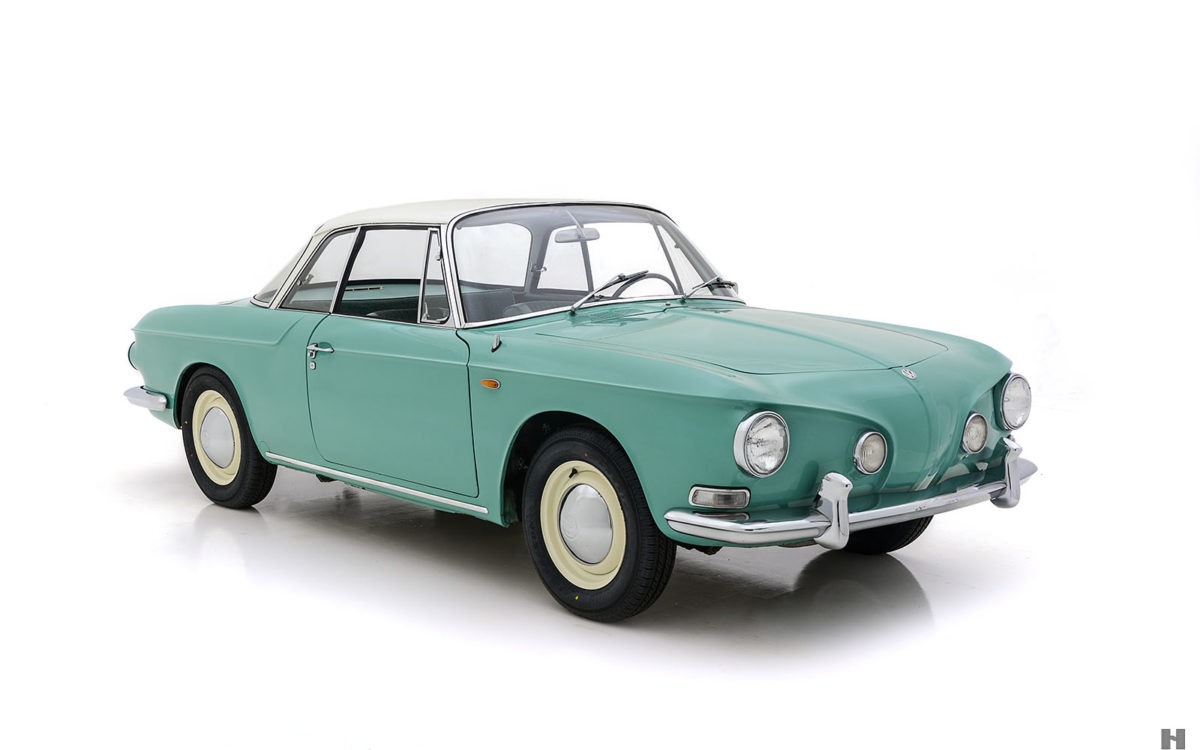
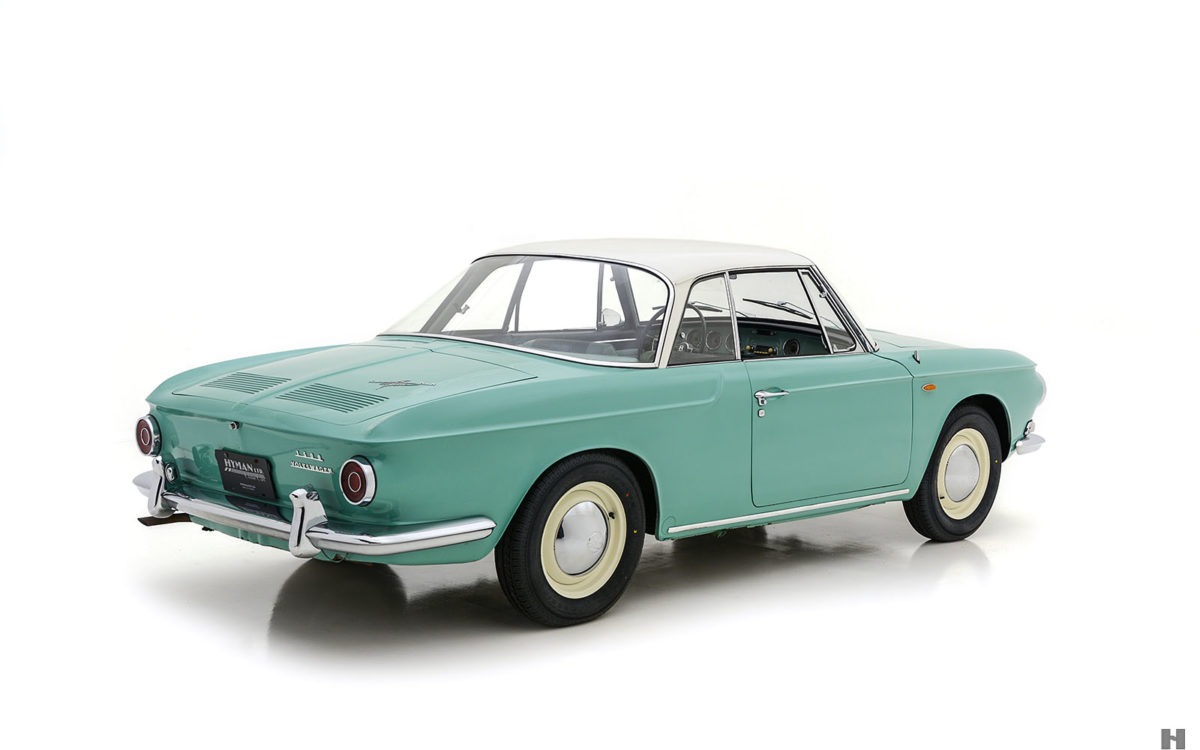
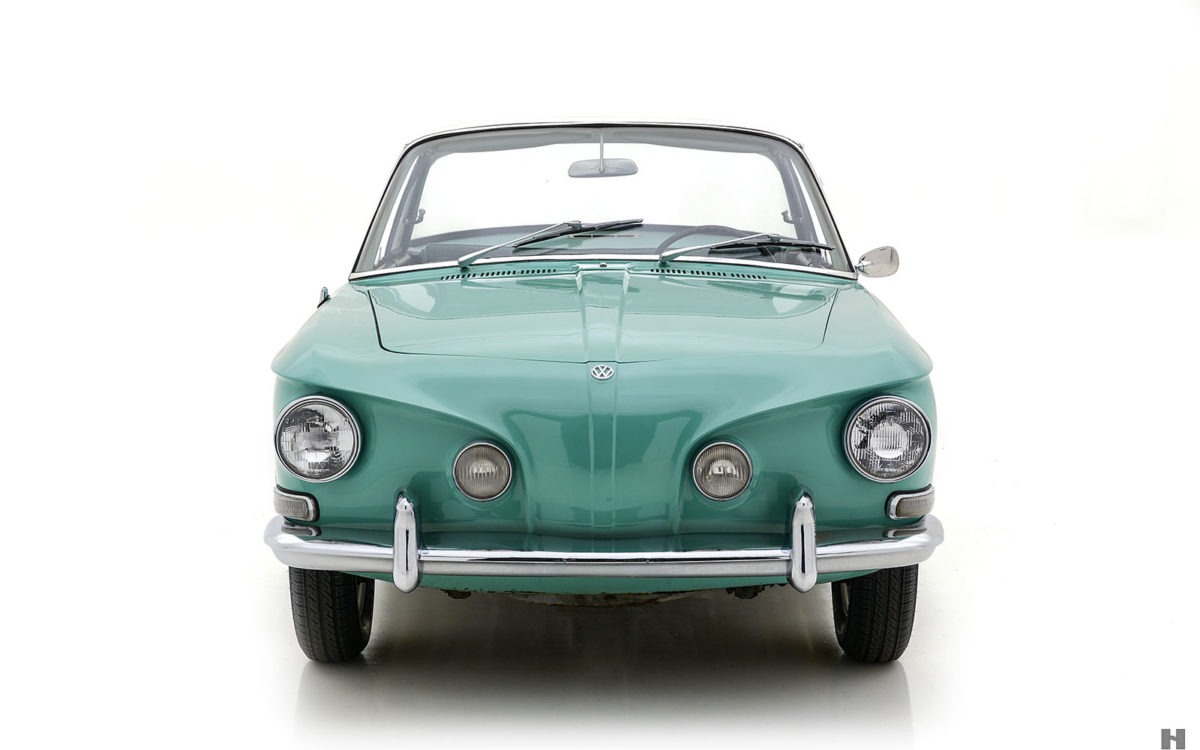
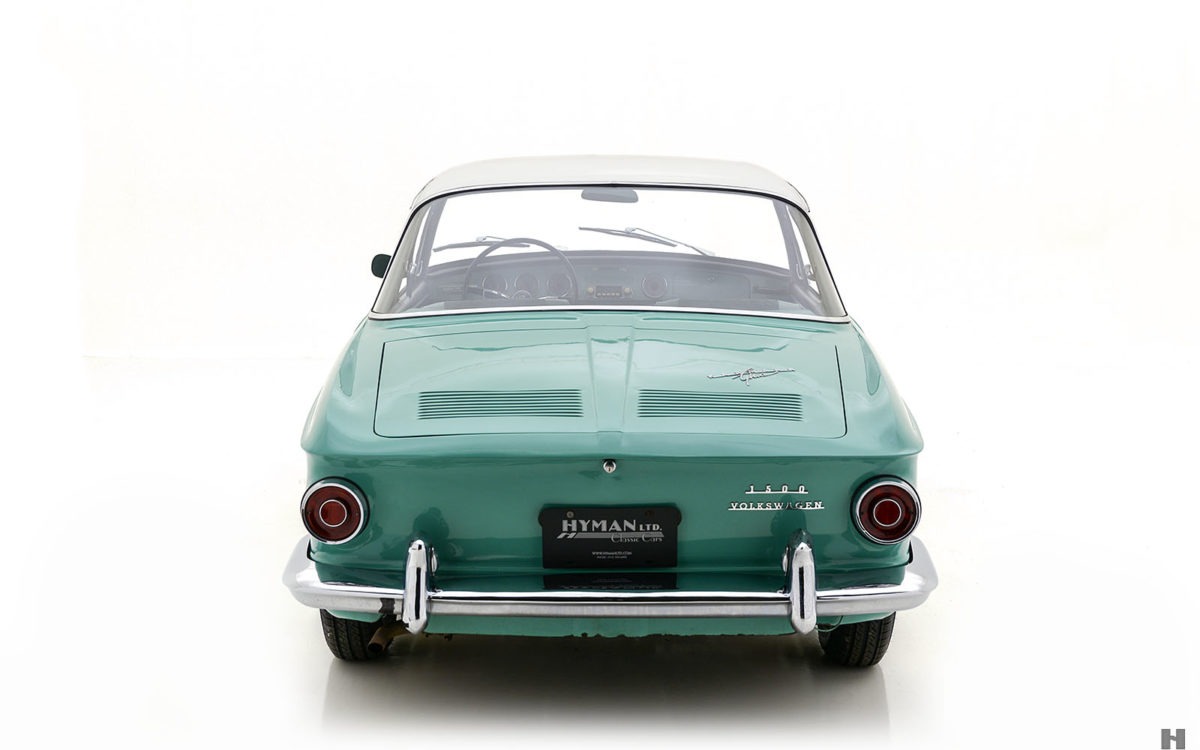
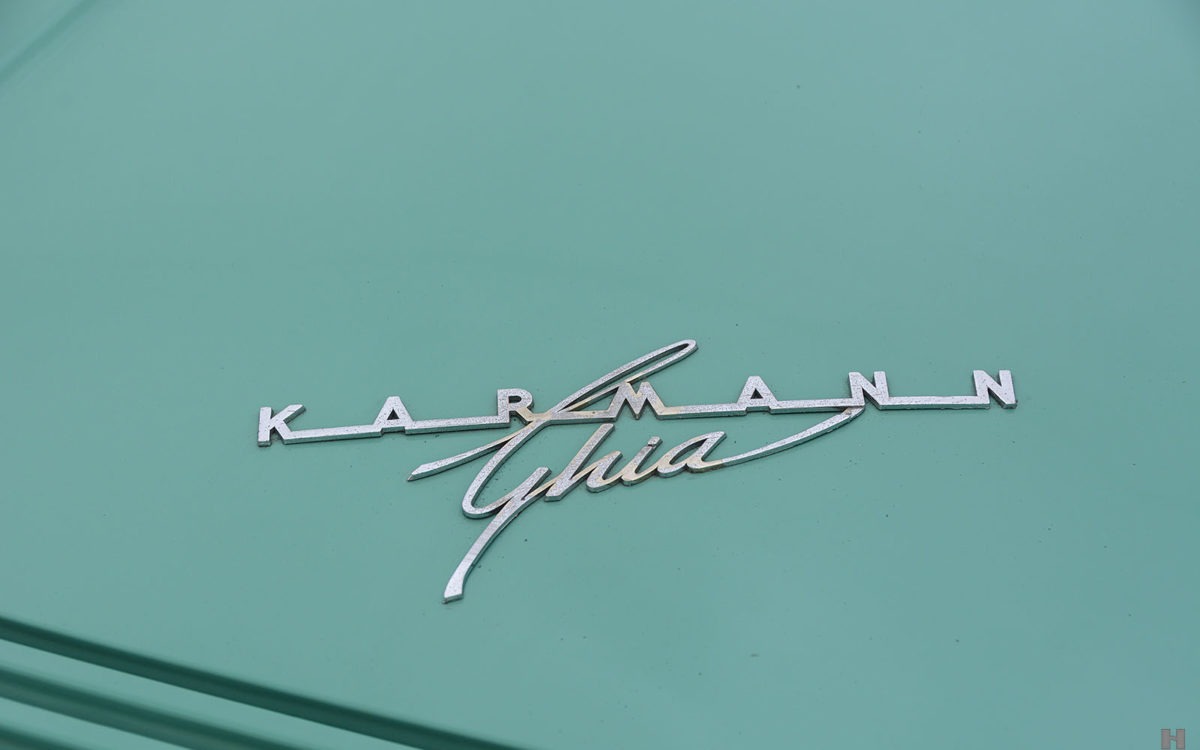
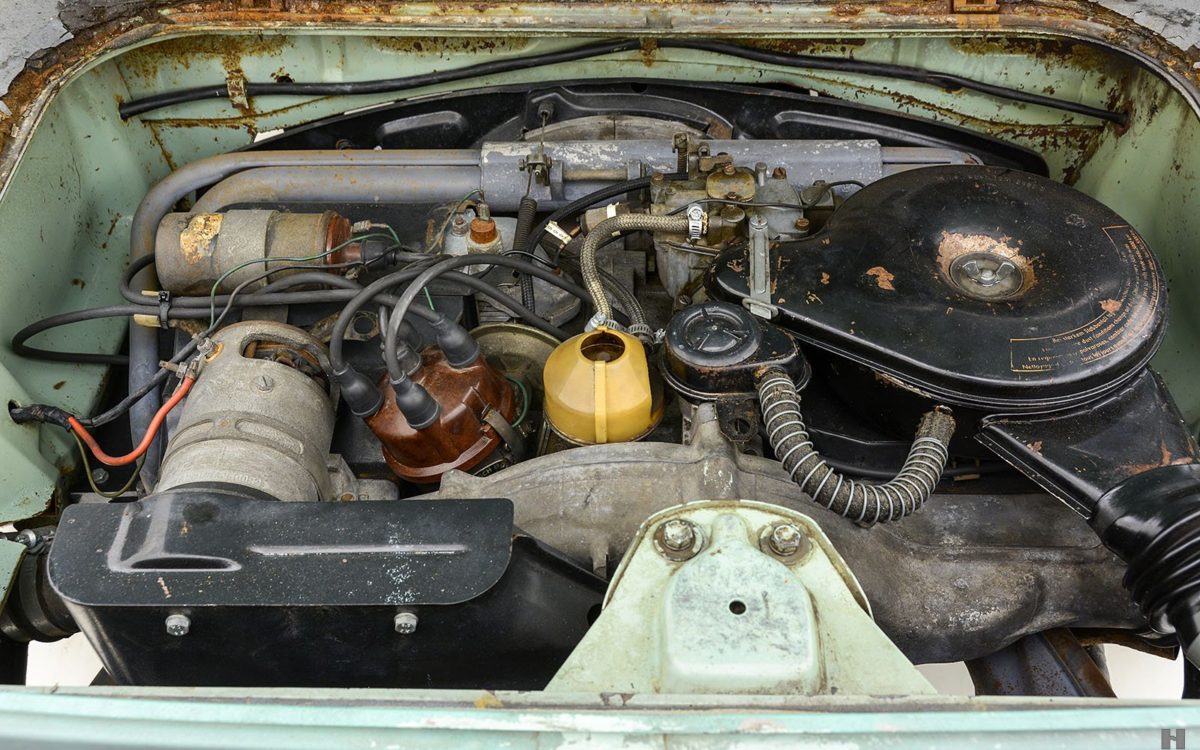
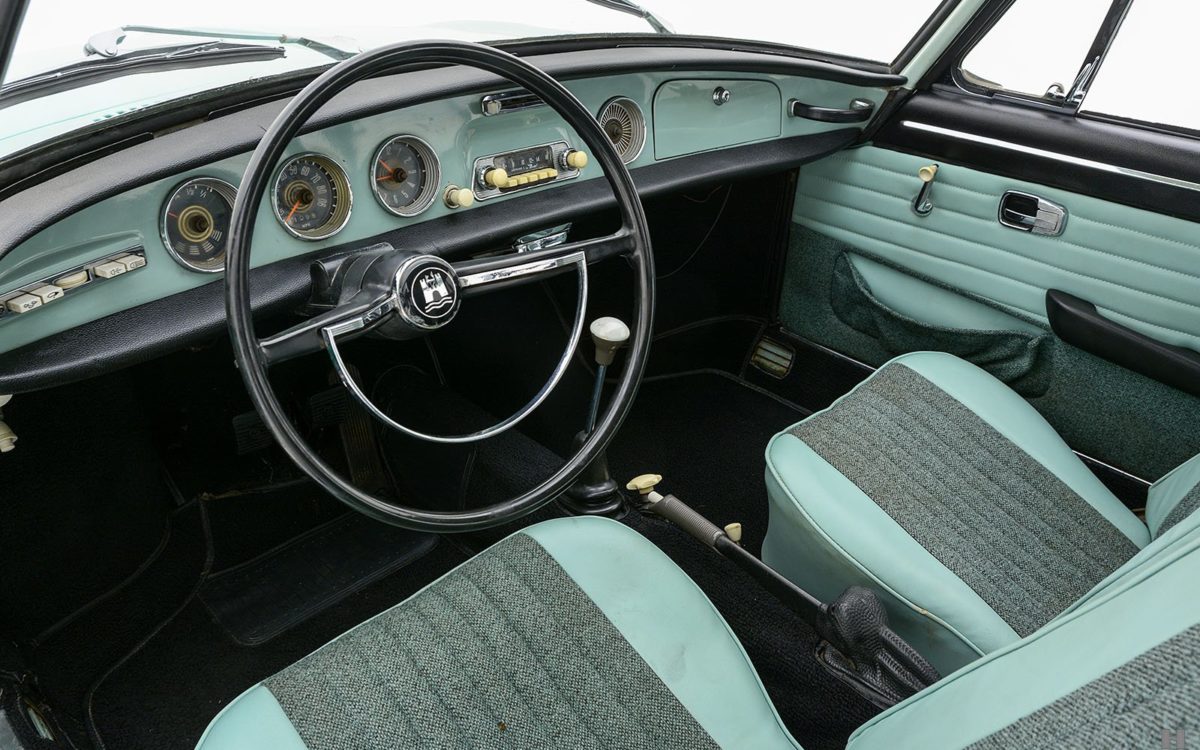
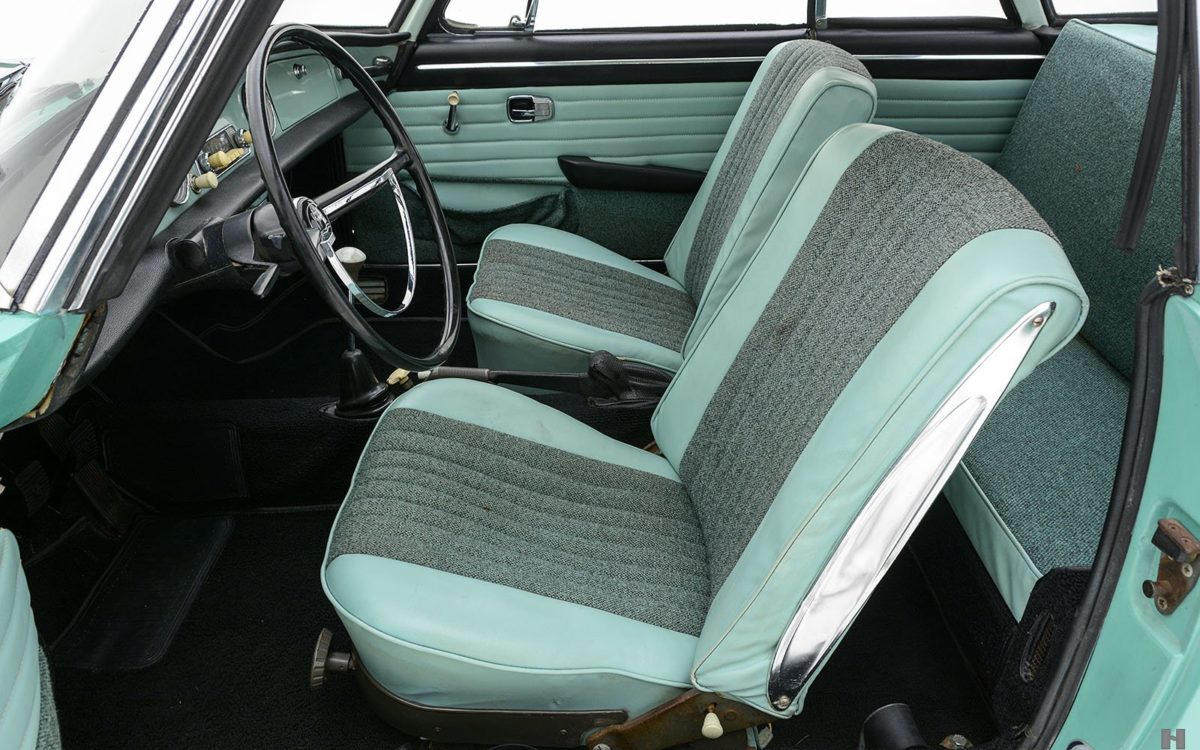








The three-way partnership of Volkswagen, Karmann, and Carrozzeria Ghia was born of the post-war economic boom, which saw middle-class buying power grow exponentially. As…
The three-way partnership of Volkswagen, Karmann, and Carrozzeria Ghia was born of the post-war economic boom, which saw middle-class buying power grow exponentially. As buyers demanded more from their automobiles, style and performance became top selling points. Volkswagen built its name on the “cheap and cheerful” Beetle, so the thought was that a stylish sporty coupe could boost their image, particularly in the critical USA market. But the boffins in Wolfsburg were reluctant to give the green light, as production was already at maximum capacity with the Beetle and Type 2 bus. The project’s savior came via Wilhelm Karmann, who was eager to secure more of VW’s business beyond the limited coachbuilt convertible Beetles he was already building. He offered VW the use of his production line and skilled workers for the new sporty car and brought Gigi Segre of Ghia on board to provide the styling. The beautiful new Volkswagen shared its underpinnings with the Type 1 Beetle, meaning it was simple, robust, and dependable. The beautiful Italian styling made the Type 14 Karmann-Ghia an overnight classic, remaining essentially unchanged and widely adored for its entire 19-year production run. Volkswagen figured it couldn’t survive on Type 1 Beetles alone and diversified with a new family car platform. The new Type 3 of 1961 was envisioned as a more mature car with superior power, space, and refinement compared to the Beetle. Three standard body styles were offered on a common shared platform and were functional and respectably styled with a strong VW family resemblance. Volkswagen wanted a flagship model to promote the Type 3, and again turned to Karmann and Ghia to create it. Known commonly as the “Type 34,” the new Karmann-Ghia 1500 was a completely different car from the Type 14 Karmann-Ghia, and it featured crisp and sophisticated styling penned by Sergio Sartorelli for Ghia. Thanks to that lovely but labor-intensive body, the Type 34 debuted the most expensive VW of its day, costing the equivalent of two well-equipped Beetles. Despite its offering many luxury features, the price was difficult for customers to overcome, and it sold in relatively small numbers between 1961 and 1969. Because of VW’s reputation for value in the US, the Type 34 was never officially imported, which further reduced the overall sales. It is estimated that just a couple hundred examples have come stateside in the hands of enthusiasts through the years, and they are among the most sought-after and distinctive air-cooled VWs.
Photo courtesy of Hyman Ltd.

The beginning In tracing the genealogy of coachbuilding firms, it turns out that they originated in the early years of the last century as…
Missing or wrong informations?
Carrozzieri-Italiani.com relies on thousend of users who help to populate the database. We do not guarantee the accuracy of the informations. Contact us if you want to contribute.
